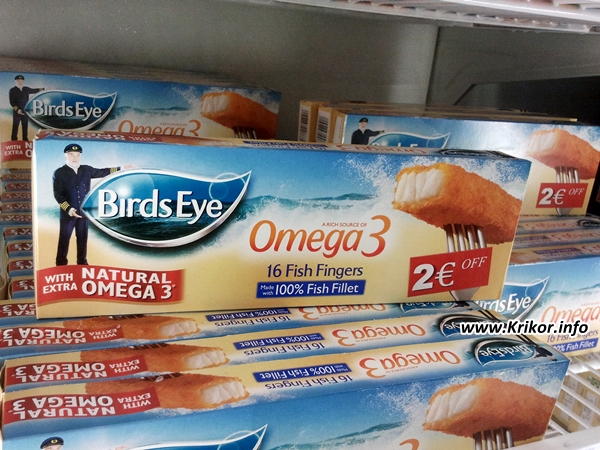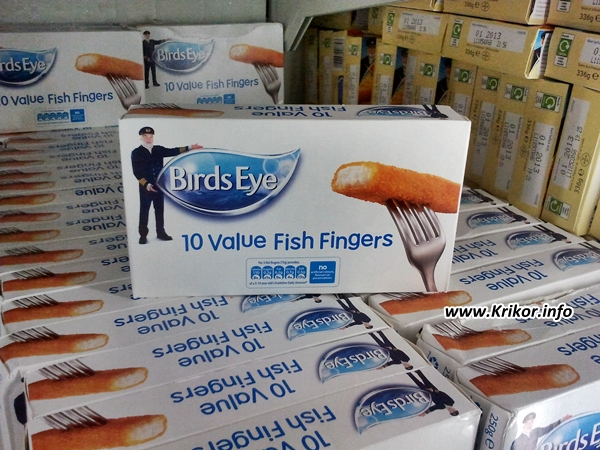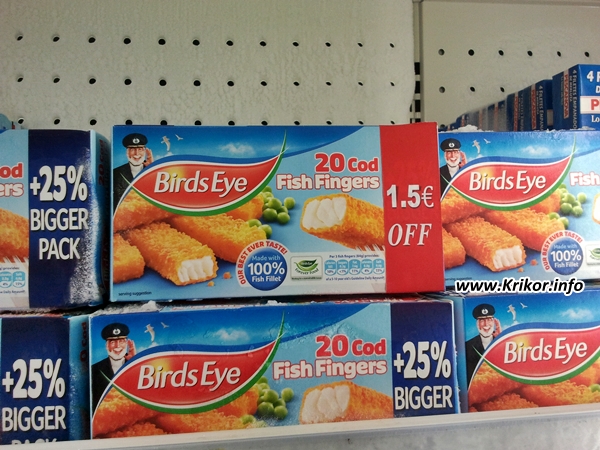Cornetto New Look
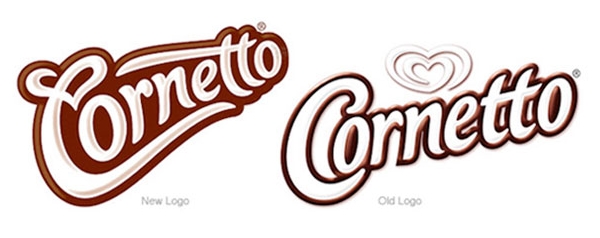
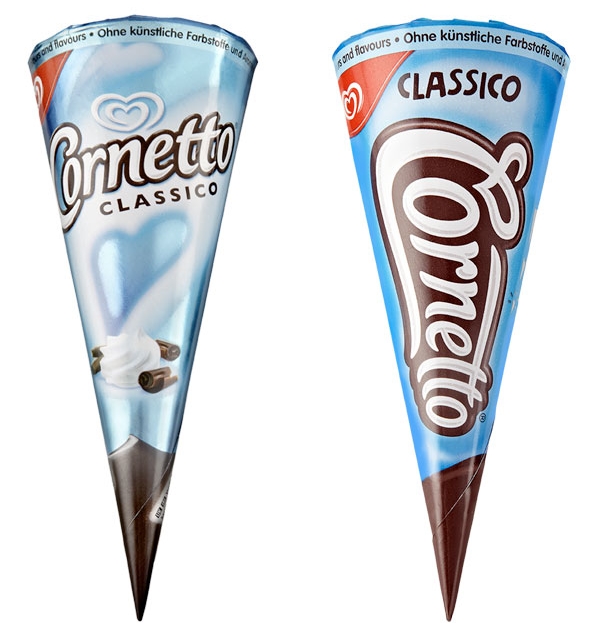
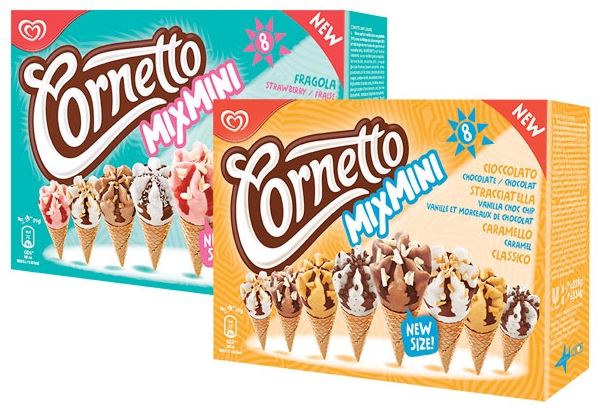
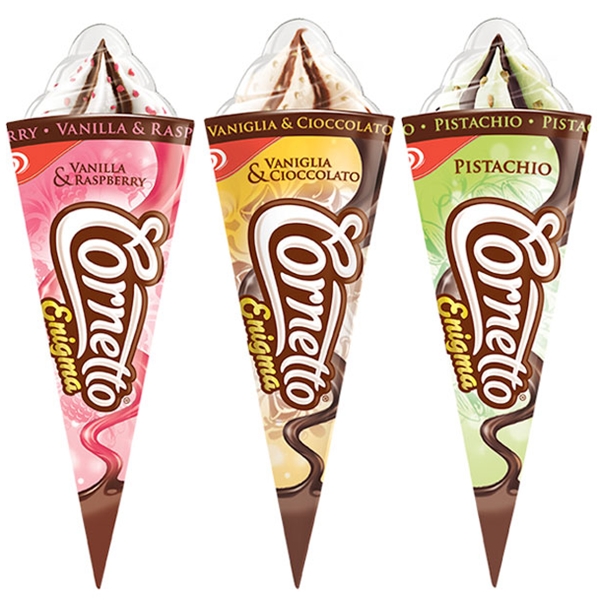
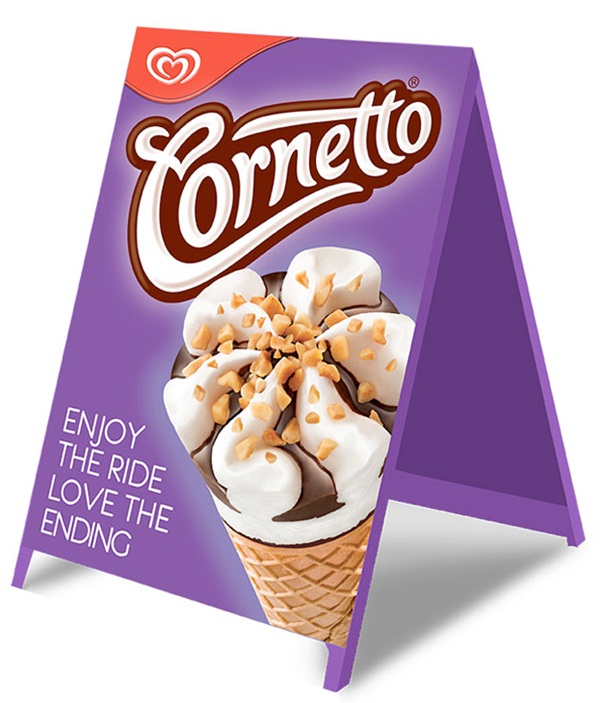
 In the retail universe, SRP and RRP mean respectively Shelf-Ready Packaging and Retail-Ready Packaging.
In the retail universe, SRP and RRP mean respectively Shelf-Ready Packaging and Retail-Ready Packaging.
SRP or RRP is “a product that arrives at retail in a ready merchandised unit which is easy to identify, easy to open, can easily be put onto the shelf and recycled or disposed of when empty, allowing an optimization of shelf replenishment and enhancing visibility… covers all types of packaging which goes into the retail outlet, including promotional displays, pallets, trays, etc…
The main focus is to increase on shelf availability and the potential for end use packaging to add value throughout the supply chain – to the manufacturer, retailer and consumer. RRP provides benefits well beyond the product’s journey from stock room to shelf.
The best players in the SRP & RRP are the European hard discounters and partially the drugstores and lately we have seen many classical retailers adapting this packaging technique to optimize their daily operational cost.
It looks obvious that not all categories and sub-categories will manage easily to offer their assortment in SRP or RRP, but in the working categories, products will definitely have:
• Better availability
• Better rotation of stock & reduced product wastage
• Improved blocking & branding on shelf
• Improved safety
• Smarter way to replenish the shelf

Partial sources: The Packaging Association and Store Brands Decisions
A very refreshing billboard campaign for Lipton Ice Tea products in Lebanon.
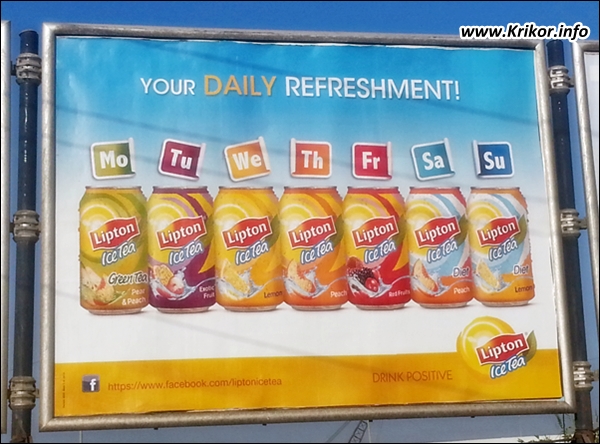
This fall, Diet Coke is re-introducing its stylish cropped logo design for its aluminum can. The refreshed packaging design was created by San Francisco-based design agency Turner Duckworth, and features a section of the Diet Coke logo, cropped to feature the “D” and the “k,” set against the brand’s signature silver backdrop.
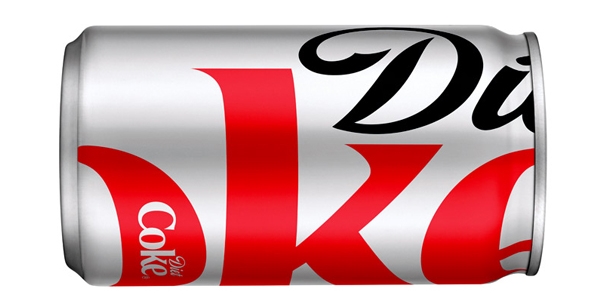
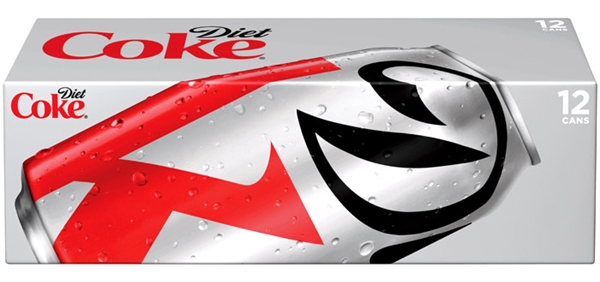
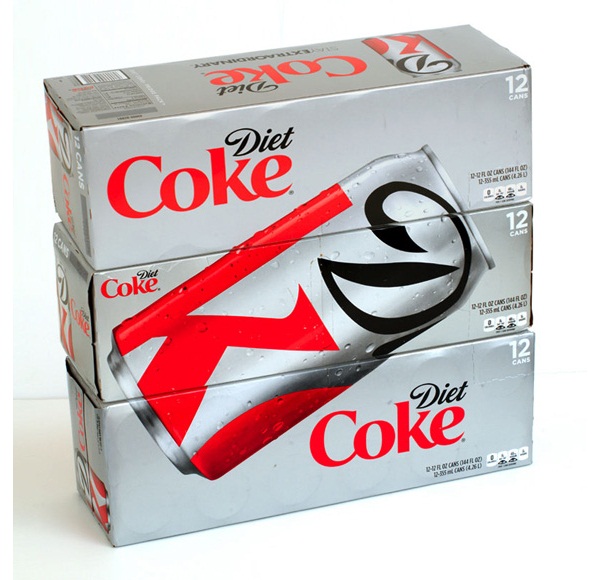
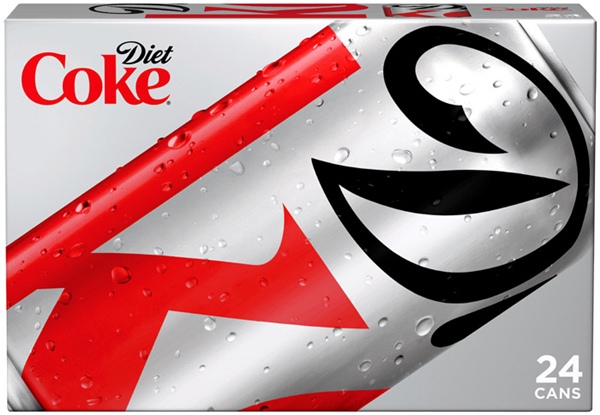
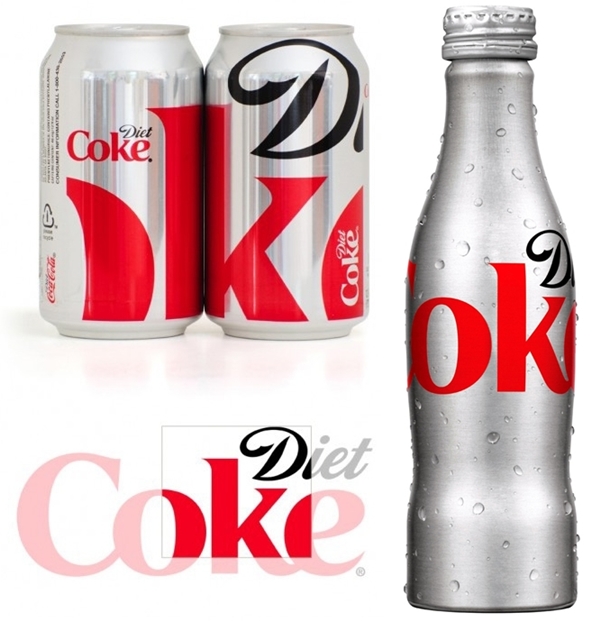
 Private labels are gaining huge market shares mainly in Europe and soon worldwide, but the most enjoyable part of launching a private label product is the adaptation to the local culture and taste.
Private labels are gaining huge market shares mainly in Europe and soon worldwide, but the most enjoyable part of launching a private label product is the adaptation to the local culture and taste.
Food products are the most sensitive to local tastes and habits.
An international company has several options when choosing a brand strategy. Brands may be local, regional and global. And this is the Carrefour & its Feta private label case.
Carrefour is worldwide No.2 retailer behind Walmart and Feta is a traditional Greek cheese appreciated around the world and have now very different names because since 2002, Feta has been a protected designation of origin product in the European Union, which means Feta only produced in Greece can be called Feta, any type of Feta produced outside Greece, cannot be named Feta.
Carrefour who is very active on its private label range and changing its global strategy by putting more pressure on its supplier and shifting in almost all categories of its shelves and pushing PL products forward and this is becoming somehow very obvious in their leaflets (no matter the market), has adapted a local strategy in Greece and Cyprus by launching their Feta.
The Carrefour Feta has no dedicated private brand, but simply using the Carrefour logo.
The main factors affecting the decisions to adapt products to local markets can be divided into 3 categories (Source: Sasu 2005, p. 148):
Market characteristics:
Product characteristics
Company characteristics
The below Carrefour Feta can be found in Greece and Cyprus stores, but the company can easily export this product to its worldwide stores.
To find out more about Feta, visit FetaMania

Milka is a brand of milk chocolate manufactured by Kraft Foods. According to the official site, the name Milka is derived from combining Milch and Kakao, which are the German terms for milk and cocoa.
Milka has decided to launch itself in the donuts universe with its consumer packed products shown below in different pictures. The product (55g) is produced in Germany and distributed all over Europe.
After tasting it myself, i can say it is a normal product from the taste side, but definitely not comparable to the donuts you can buy at major donuts stores.
The only negative comment I have, the product is pictured in a carton cup holding it on the shelf tray pack, but in reality it is not.
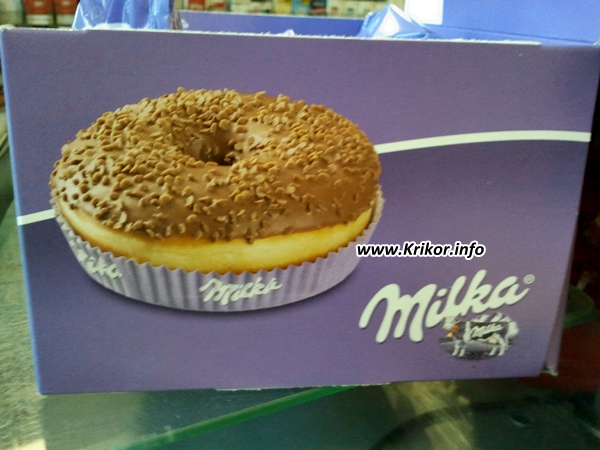
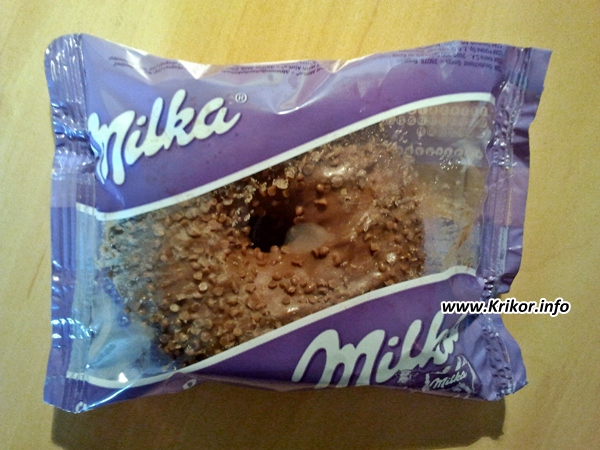
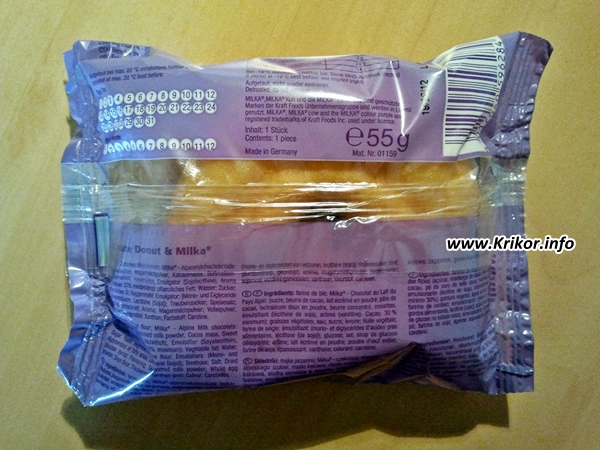
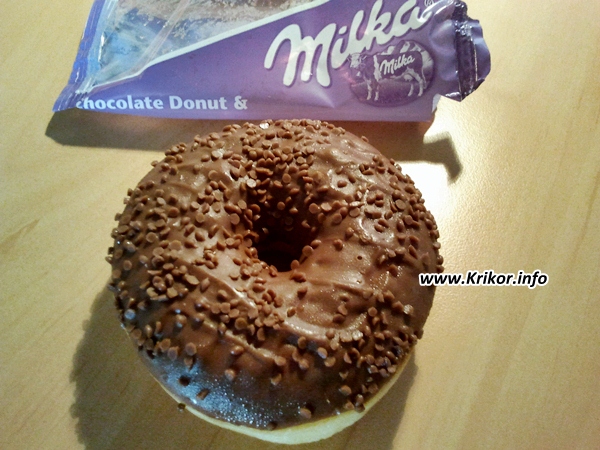
BirdsEye Fish Fingers are one of the most appealing fish finger packages out on the market. There is no way for consumers visiting that category of the freezer to pass without noticing it and those packages are one of my favorites.
